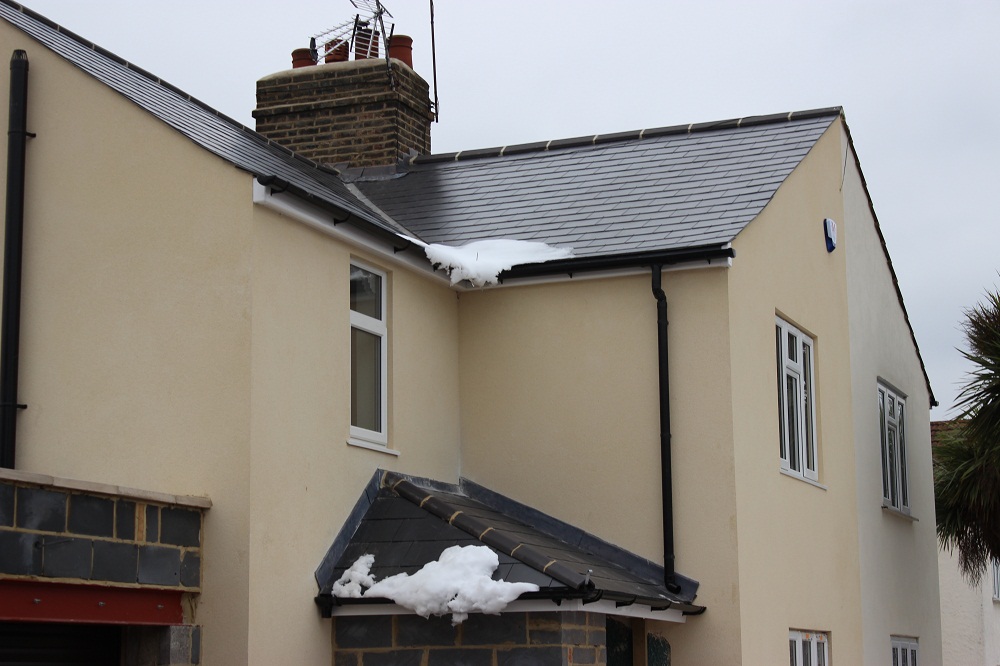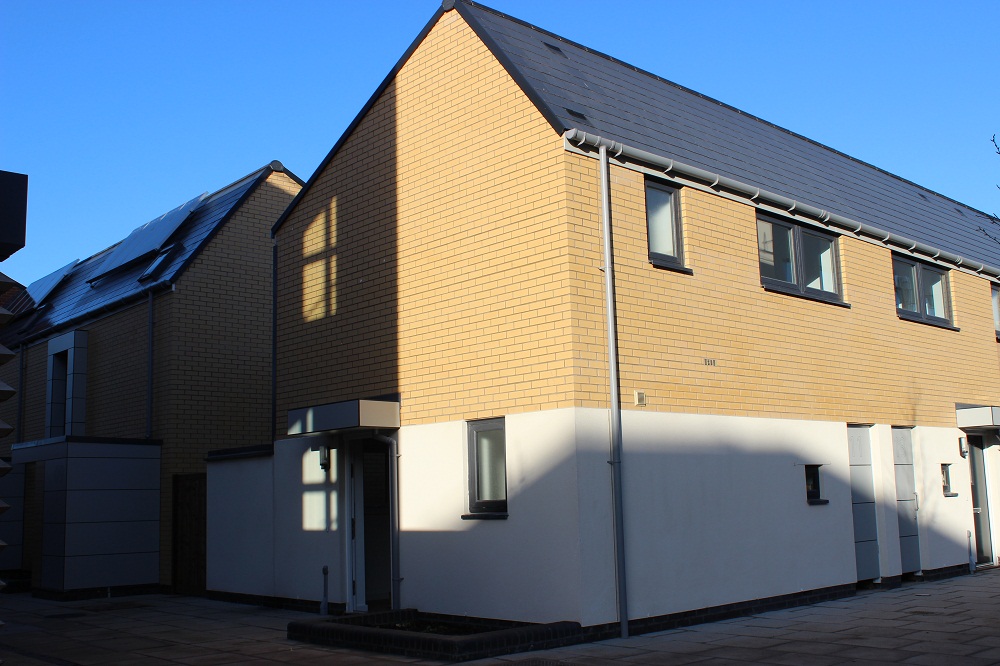I have noticed that although self coloured render is not new to the external rendering industry to the average person it is. The reason for this is because the general population is not required to know much about rendering as it does not affect their lives much. However when the external render of their property is damaged that is when they come across a lot of various rendering options they can apply to their property an it can get confusing. One of the main render options at the moment is a self coloured render. This is a render where you would simply pick the colour you want and it is applied in that colour. Normally this comes in a textured finish and not in a flat/smooth finish like the traditional sand and cement.
The main advantages of the self coloured render are that firstly you save on painting costs as it does not require painting at the end of the job. Secondly this is a very low maintenance render and it will not require painting for up to 30 years providing that there is no movement in the building to crack the render in the meantime.However to carry out this type of work properly it isn’t always cheap. Firstly it is normally important that the existing render gets removed before the new render is applied. Secondly to prevent cracking it is important to fit reinforcement around the openings and in some cases throughout the complete property along with full base coat, in some instances this render can be applied without the basecoat as a one coat system.
Below you will see a picture of a picture

